Helping Your Patients Reduce Stain
The polishing of natural teeth and restorations is integral to the standard prophylaxis performed by dental hygienists. While the factors involved in stain accumulation have changed, patients still desire the clean, smooth feeling provided by polishing at the end of the dental hygiene appointment. Dental hygienists should be well versed in the causes behind staining, the correlation between oral pH and dental erosion, and appropriate polishing choices for different patient types. As the typical American lifestyle has undergone much change over the past few decades, so has the status of tooth discoloration. Dietary and social habits greatly impact dental stain accumulation. Smoking tobacco/marijuana and chewing or dipping tobacco obviously affect extrinsic stain formation, but chemical agents may also play a role in the complexity of stain buildup. The use of stannous fluoride, antibiotics, and chlorhexidine, as well as exposure to iron in drinking water impact the color and intensity of extrinsic stain. Dietary changes include an increase in the amount and frequency of consumption of stain-producing and acidic beverages, such as coffee, tea, wine, and sports drinks.

Some composite materials are more susceptible to stain.
 Katerina Sisperova / iStock / Getty Images Plus
Katerina Sisperova / iStock / Getty Images Plus
The abrasive action of toothpaste removes superficial stain on dental surfaces but does not change the color of the teeth.
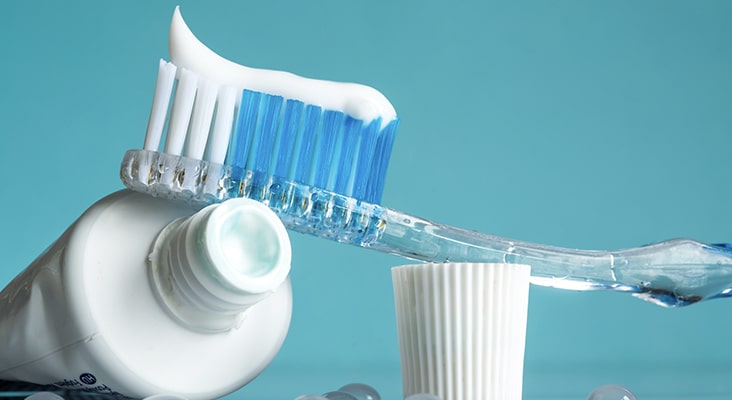 Antonistock / iStock / Getty Images Plus
Antonistock / iStock / Getty Images Plus
Which of the following affects the abrasiveness of polishing agents?
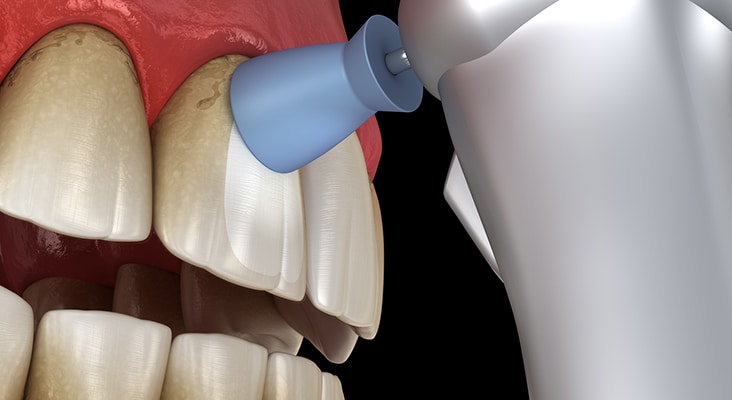 alex-mit / iStock / Getty Images Plus
alex-mit / iStock / Getty Images Plus
A smaller particle size will be more abrasive than a larger particle agent.
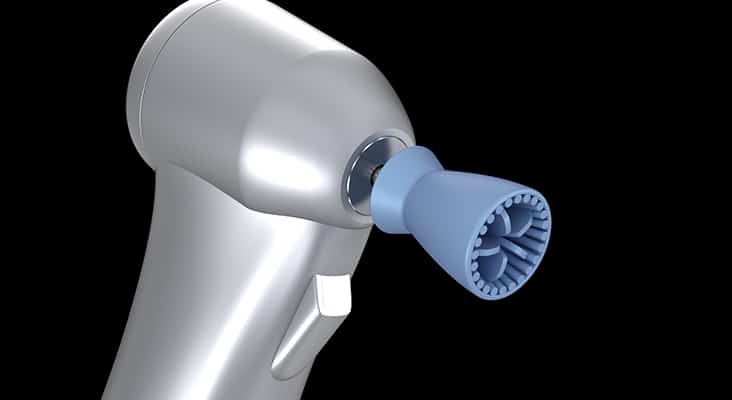 alex-mit / iStock / Getty Images Plus
alex-mit / iStock / Getty Images Plus
Which of the following may be used for supragingival polishing?
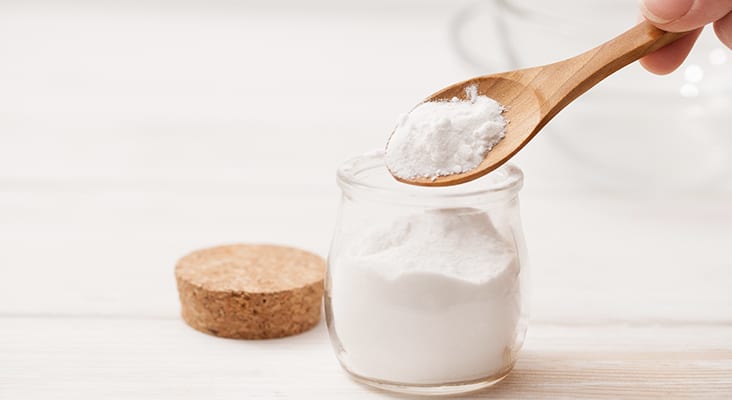 EKramar / iStock / Getty Images Plus
EKramar / iStock / Getty Images Plus
In addition to the physical properties of air polishing agents, optimum application is essential to minimizing the risk of structural damage.
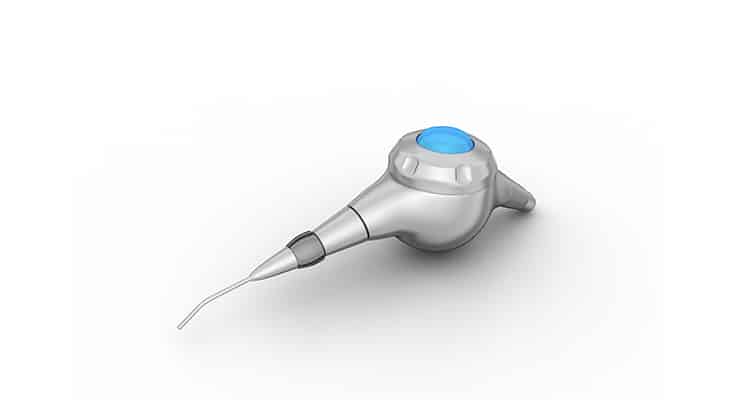 rendeep / iStock / Getty Images Plus
rendeep / iStock / Getty Images Plus
Dental hygienists may consider the benefits of augmenting polishing procedures with subgingival air polishing irrigation to offer stain removal benefits along with biofilm removal benefits.
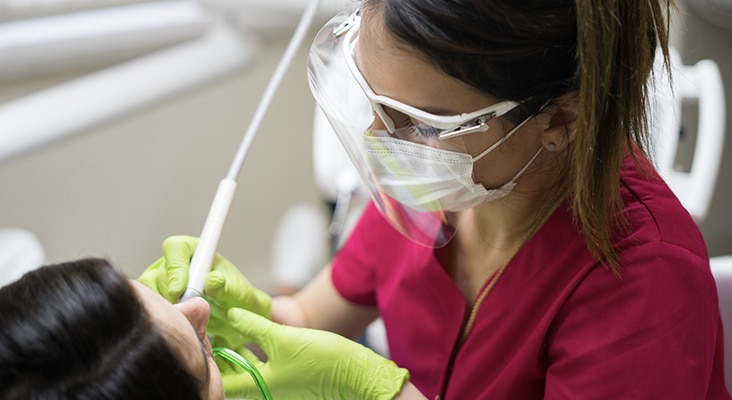 Igor-Kardasov / iStock / Getty Images Plus
Igor-Kardasov / iStock / Getty Images Plus
Share your Results:

